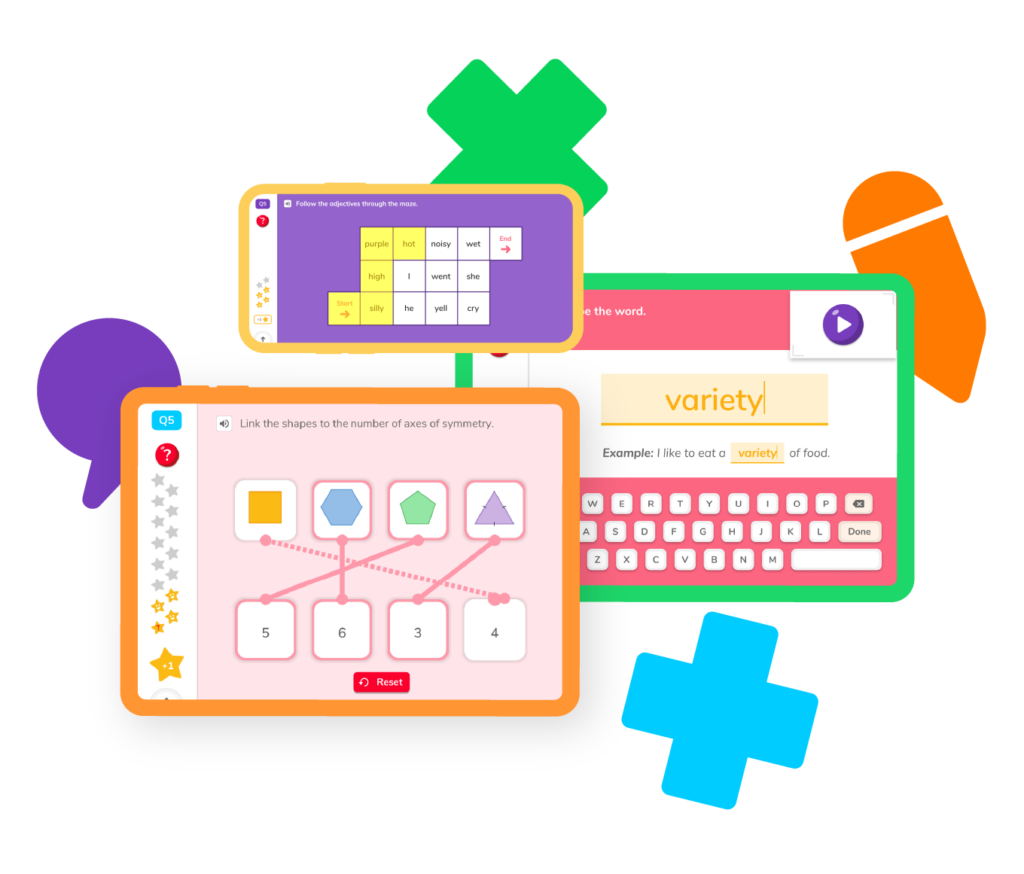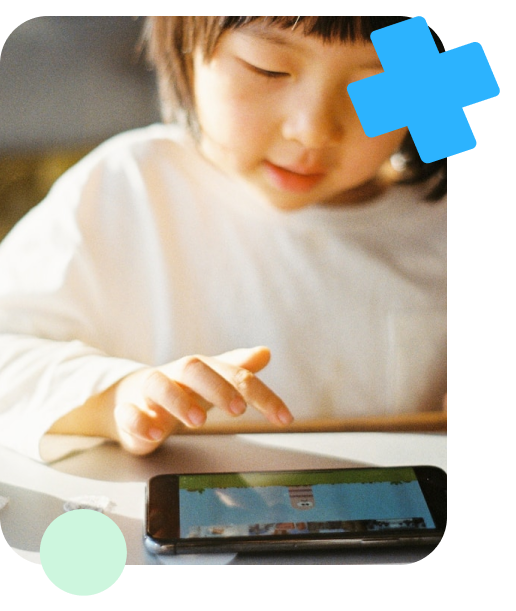Counting is one of the most fundamental skills we acquire as children, acting as the gateway to the vast world of mathematics. It’s not just about reciting numbers; it’s about understanding quantity, order, and patterns. Whether it’s tallying the coins in our piggy bank or noting the days until a special event, counting enriches our understanding of the world around us. Dive in to explore the magic of counting!

Counting is a fun maths skill essential for daily tasks and games. If you’re looking to get better or help someone learn, we’ve curated some easy-to-follow articles for you:
Counting is something we all do, starting from when we’re little kids. It’s simply figuring out how many things are in a group. For example, we count our toys, the steps we take, or the minutes we wait for something. But counting isn’t just a modern idea; ancient people understood its importance too. Long ago, they would count using stones, sticks, or even their fingers to keep track of things like the number of animals they had or days until an event. No matter the time or place, counting has always been a way for us to understand and organise the world around us. Learn more about counting and find practice problems on our maths app.
Counting numbers are the familiar numbers we start with during our earliest maths lessons. Beginning from the number 1, they continue upward: 2, 3, 4, 5, and keep going. Whether it’s counting apples in a basket, pages in a book, stars in the sky, or even footsteps on a journey, counting numbers are there to help us measure and understand quantity. These numbers are distinct from fractions or negative numbers and serve as the backbone for more complex mathematical concepts we encounter later in life.
Counting can be done in many fun ways, not just one by one! Let’s look at some easy ways we often use:
Each way of counting is useful for different things. Whether we’re playing a game, shopping, or doing homework, there’s a counting method that can help!
Counting is a skill with applications in almost every area of our daily lives:
Counting numbers are the numbers we use when counting objects, like 1, 2, 3, and so on. They don’t include fractions, decimals, or negative numbers. So, if you’re counting toys, cookies, or stars in the sky, you’re using counting numbers!
Counting is the starting point for learning maths. It’s like the first step in building a big tower of maths skills. When kids count, they lay the foundation for addition and subtraction. Plus, we use counting all the time. It’s a key tool for performing everyday tasks.
Kids are naturally curious, and their journey into the world of numbers often starts sooner than we think. Many begin to show an interest in counting as young as two or three years old, sparked by simple activities like counting their fingers, toes, or the toys they play with. As they grow, this curiosity extends to counting steps on a staircase, or the number of birds they see at the park.
By the time they reach reception, a lot of children can confidently count up to ten, and some even venture beyond into larger numbers. This early exposure lays the groundwork for more complex maths skills they’ll acquire in school. However, it’s essential to remember that every child is unique, and they develop these skills at their own pace.
What’s most important is creating a positive and fun environment around numbers. Integrating counting into daily activities, like setting the table or sorting laundry, can make it a more natural and enjoyable learning experience. Stories, songs, and games centered around numbers also encourage kids to embrace counting, setting them on a path to becoming confident counters.


Parents, sign up for a DoodleMaths subscription and see your child become a maths wizard!

Book a chat with our team
If you’d like to use Doodle’s browser version, please visit this page on a desktop.
To log in to Doodle on this device, you can do so through our apps. You can find out how to download them here: